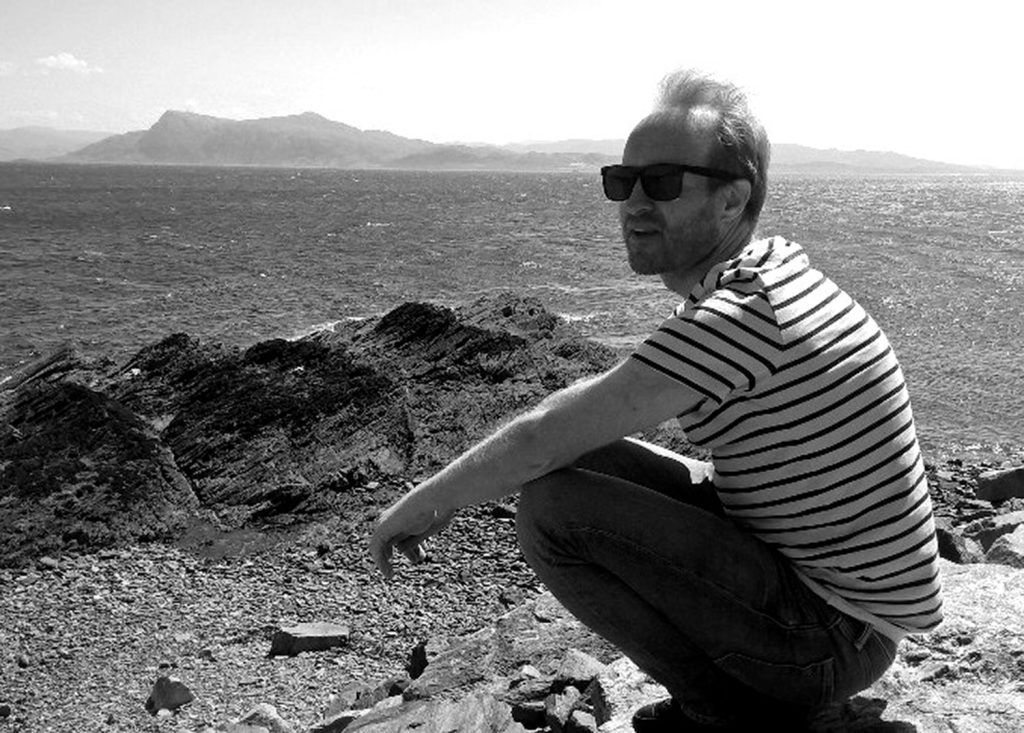
I was fascinated by silence as a child. That is not to say the times in which I was quiet were plentiful; even when I was wee it was difficult to shut me up, much to the eternal frustration of my long-suffering mother. Still, despite a propensity for singing and chatting, at times even with myself, I was fascinated by the idea of silence.
Church-based Memories
I have an early memory of a sponsored silence held at Sunday School. Possibly long-forgotten but a sponsored silence was a torturous event, an opportunity for children to fundraise for charity by simply sitting quietly for a set period of time – not an easy task for some. A blessing, though, for those beleaguered teachers, group leaders, or parents that had the – albeit temporary – gift of a roomful of quiet kids. Children would tour aunties, uncles, parents and grandparents, and if they were really enterprising, teachers and family friends too, asking for a pledge of £1 here, £2 there, a jackpot if someone pledged a fiver! All for sitting in a room with your pals and keeping your mouth shut for a pre-determined measure of time. It’s harder than it looks.
Oddly enough, another memory is based in church. Each year, from the earliest memory through to leaving the Boy’s Brigade at 15 years old, I would parade at church on Remembrance Sunday. After marching in the flags, 11am would arrive and with the congregation, I would sit in contemplative, commemorative silence for 2 minutes before the service would begin.
The Sound of silence
In the sponsored silence, as I sat in a room full of other 7 year olds reading books, solving puzzles, playing games, all without speaking, I would listen for sound. With a smug feeling of victory, I believed I had discovered a flaw in the system. Mark isn’t being silent, his jacket is crinkly. Amanda isn’t silent, her colouring pencils are scratching the page. Only I am silent, truly silent, I think. Insufferable.
Taking the concept of remembrance too literally, I would sit in church, struggling to remember anyone of whom I knew had died in the wars, and my mind would wander. I would listen to the coughs, sniffs, and movement from across the pews. There would be the creaks of wood, the hiss or clunk of the heating system, the sneaky crinkling of a sweetie wrapper, or the distant sound of roadworks or a car horn.
I remember the feeling, at that age, of feeling I had discovered something profound. Nothing was ever truly silent. With a spirit of pomposity that I’m sure has never really left me, I considered maybe I was the only one to understand this. As I grew older, I was gently, if emphatically, disabused of this, and realised just how integral silence is when used creatively, particularly within music.
Play What’s not There
Miles Davis once said one shouldn’t “play what’s there; play what’s not there”. A sublime statement on the importance of those short moments of rest, or indeed silence, in composition. It was avant-garde composer John Cage, however, that opened my eyes to how silence – or the lack of true silence – could be used.
In each of the three movements of his 1952 piece 4’33, Cage instructs his musician with a single word: Tacit. While often misinterpreted as four minutes and thirty three seconds of silence, the piece invites the listener to consider the sounds of the immediate, and sometimes distant, environment in which the performance takes place. Cage’s love of serendipity and chance occurrence are inherent in such a concept. For me, as if being transported back in time to the small rooms, or the nave of Jackson Church, listening to the small environmental sounds invading the silence.
While working on a solo post-rock record a few years ago, I took to using interviews and other spoken word artefacts in the music. One such was this insightful interview with Cage in which he muses on the idea of silence, and the activity of sound. It’s a beautiful sentiment and one that I think about often; particularly in moments of silence.